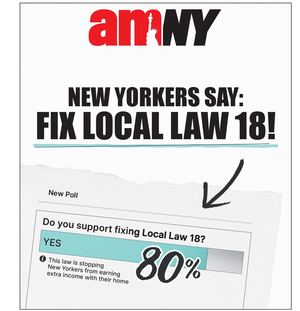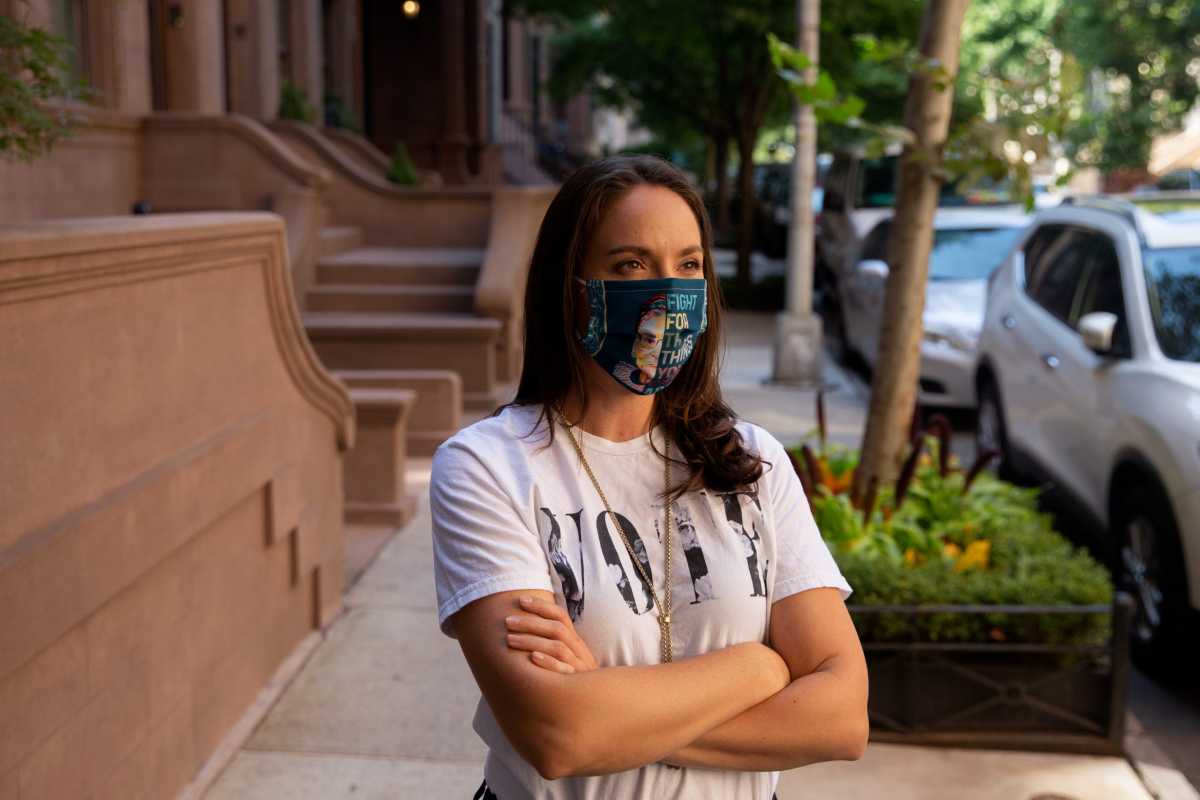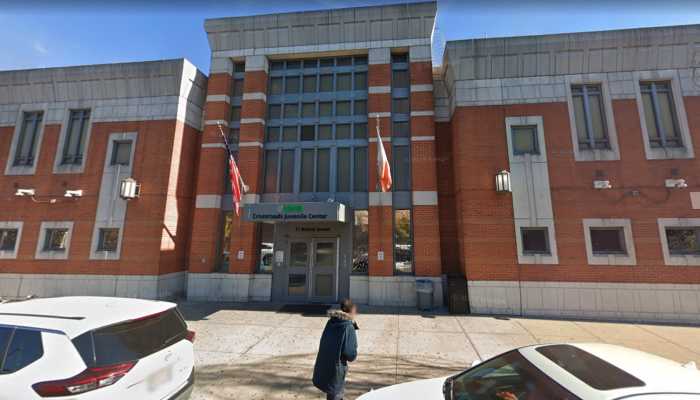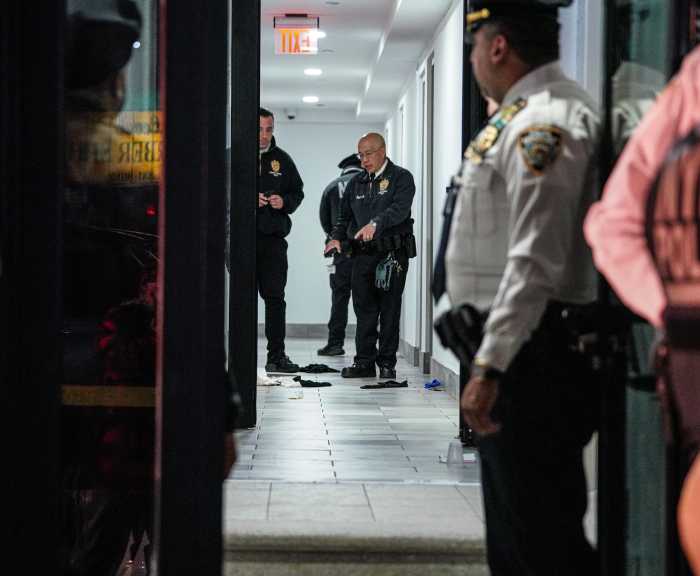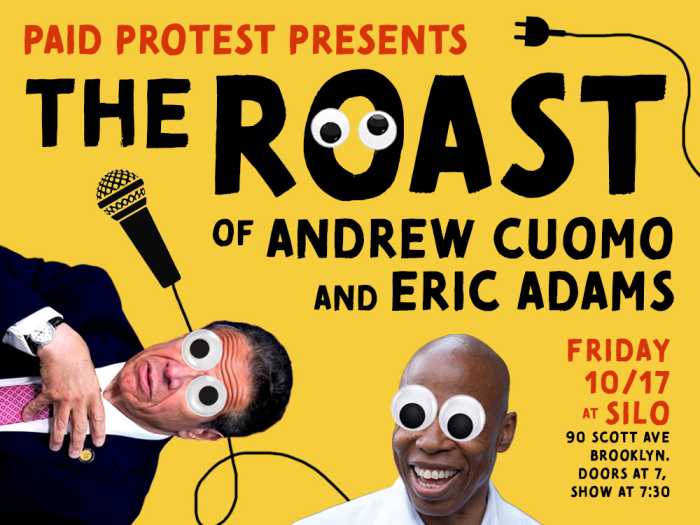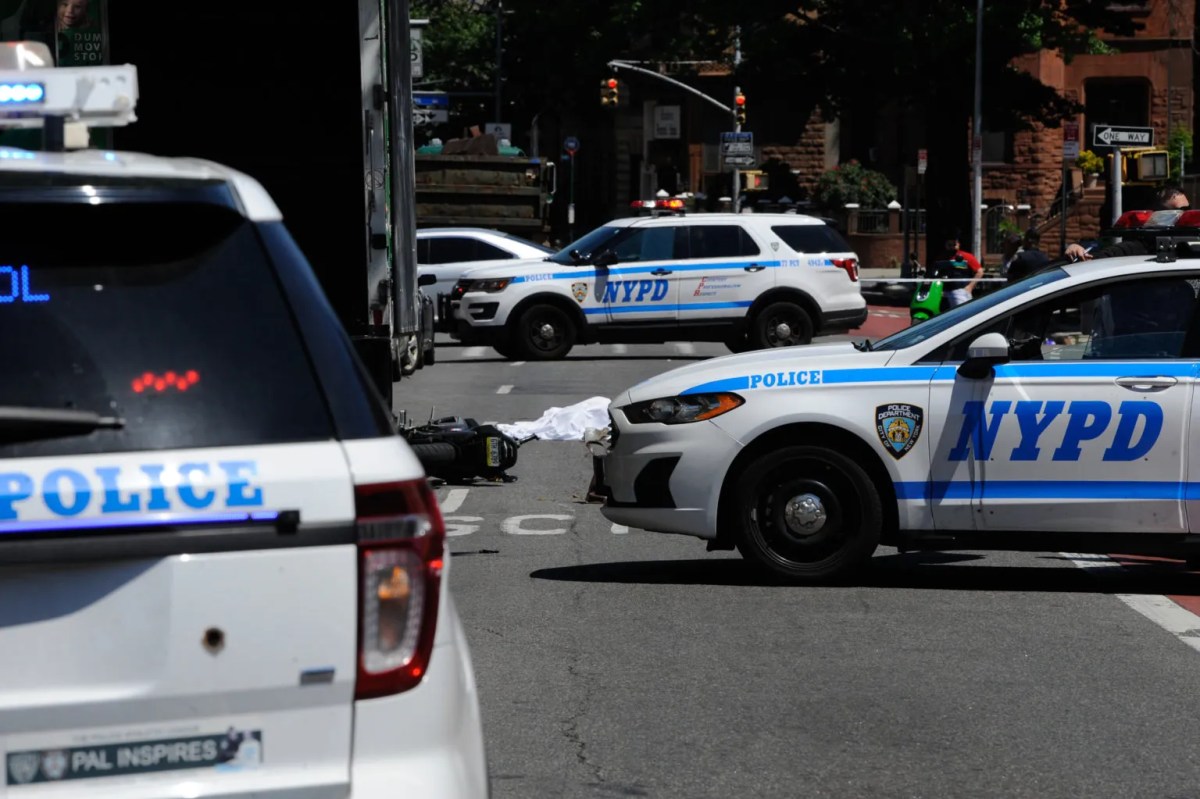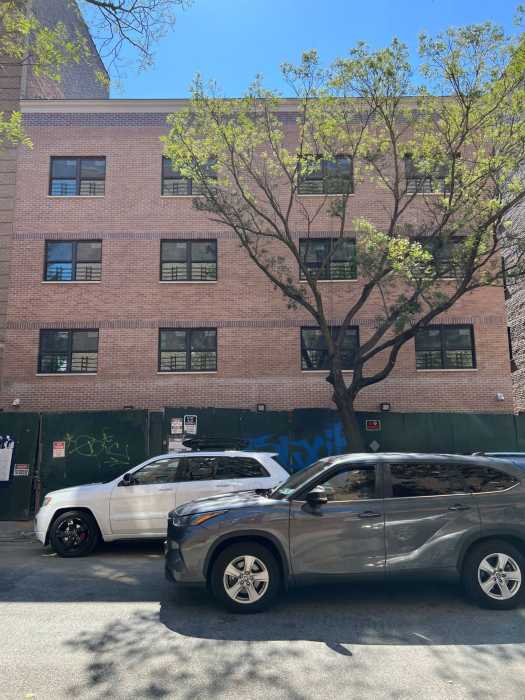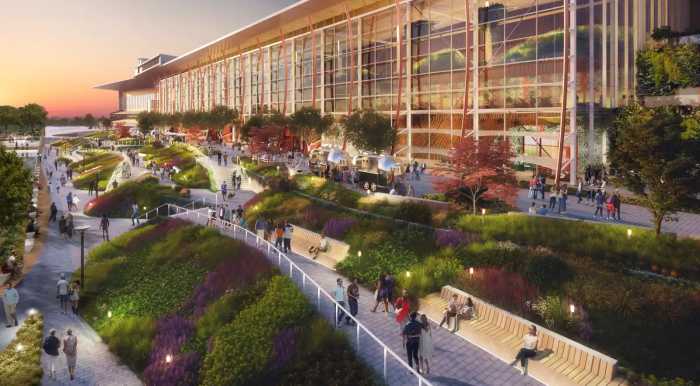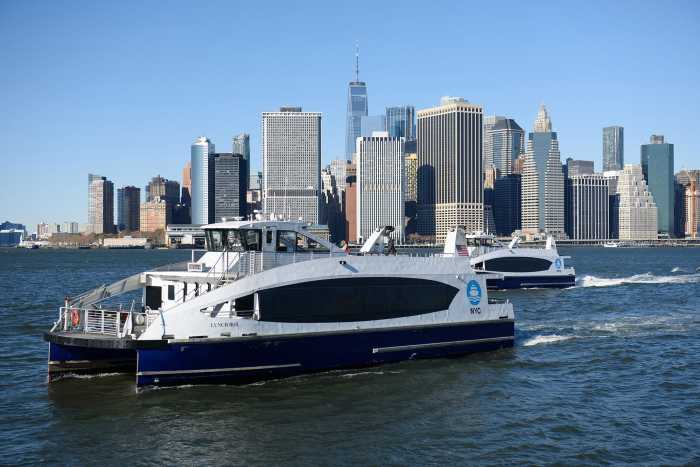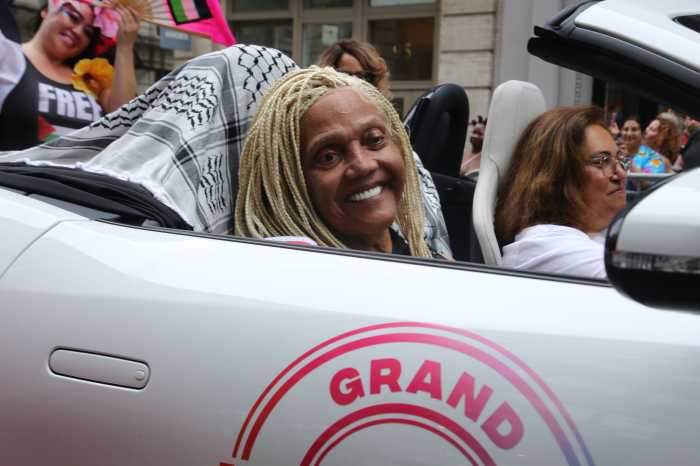BY RACHEL HOLLIDAY SMITH, THE CITY This article was originally published on by THE CITY
Like many Upper West Siders, Sara Lind spent recent weeks watching her neighbors take sides on a key question: Where should people without homes live?
At City Hall, at local rallies and counter-protests, and even on Fox News, the debate raged on about how to treat homeless men living at the Lucerne Hotel, used as a shelter during the pandemic.
To Lind, running for the neighborhood’s open City Council seat in 2021, a solution is clear: Make more space for them. Specifically, build more affordable housing — in her own proverbial backyard.
“Every neighborhood has to do their part,” she said. “Shuffling people from shelter to shelter is not the long-term solution.”
Heading into 2021, Lind is among a growing number of candidates not afraid of making development — of affordable housing, particularly in wealthy neighborhoods — a part of their platforms. Some even dare to utter the four-letter word among preservationists: “upzone.”
More Density, More Housing
Lind released a housing plan this week that would change land use rules on parcels of the Upper West Side to allow for construction of more affordable housing — and create a community land trust to manage it.
The proposal is notable in a neighborhood known for fierce battles over new construction — and may set her apart in a race where the candidate to beat is Manhattan’s popular borough president, Gale Brewer, who represented the district from 2002 to 2013 and is looking to again.
In all, Lind’s plan would change development rules on about two dozen properties between West 54th and West 66th Streets to allow for new development that would include affordable units built under the city’s mandatory inclusionary housing program, which requires developers to incorporate income-restricted apartments into new buildings in designated locations.
Currently, the targeted sites in her plan are zoned for commercial development or “super tall” apartment high-rises that can be built without any affordable housing today, she says. On all of them, she would target affordable apartments to those making no more than 40% of the area median income, or about $41,000 for a household of three.
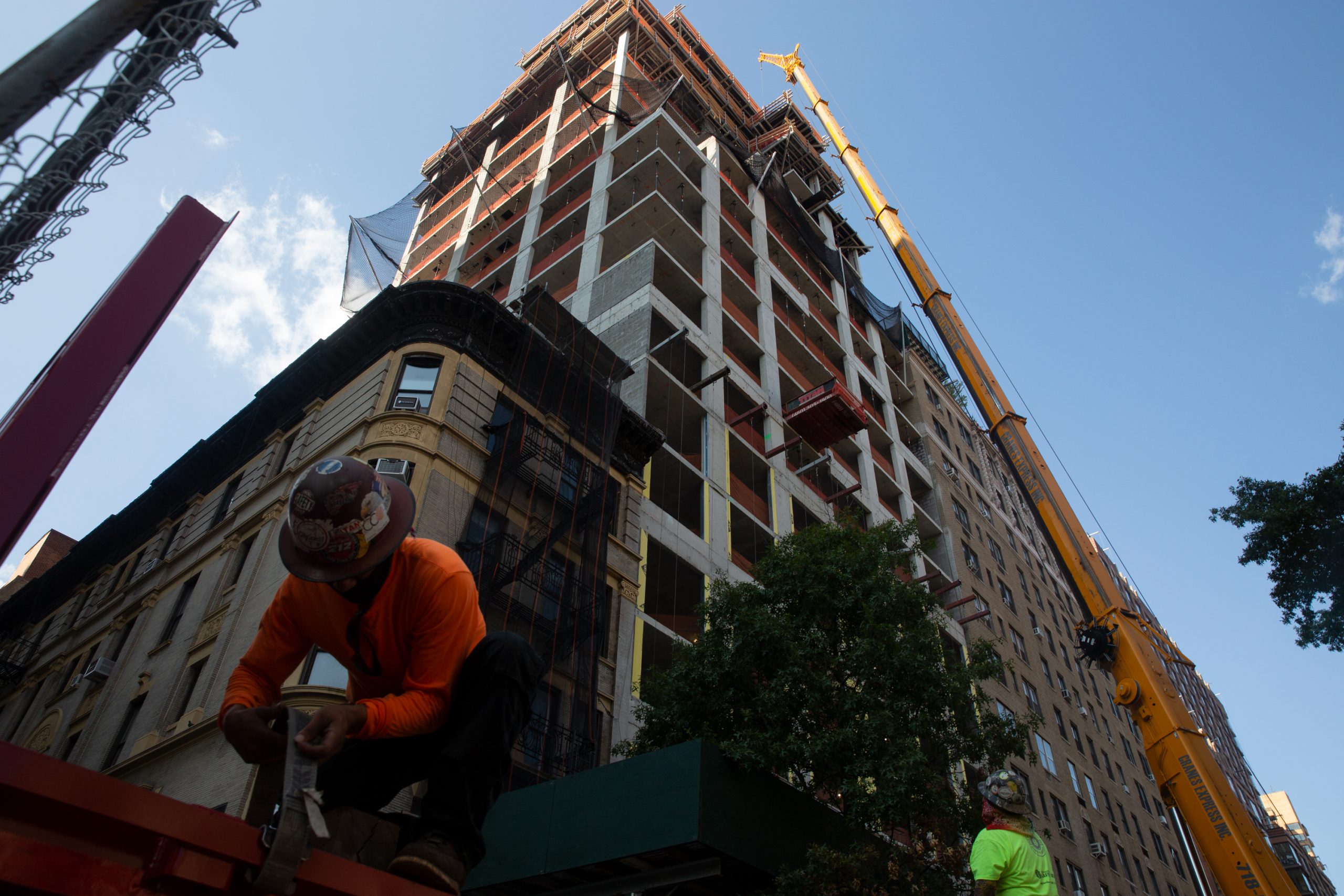
Construction workers build a new development on the Upper West Side, Sept. 23, 2020.
The plan builds on Mayor Bill de Blasio’s ambitions to rezone multiple neighborhoods to increase residential development and affordable housing, under rules approved in 2016 by the City Council. So far, those rezonings have taken place in mostly lower-income communities, like Inwood, East New York and East Harlem.
To those who fear tall buildings, Lind is careful to point out that her plan focuses on increasing the allowed density of buildings — how many units of housing are permissible on a specific piece of land — not necessarily their height.
Her plan would actually lower the existing height limits on some lots to avoid “the skinny towers that many have come to loathe,” Lind said in a Medium post about the plan.
“It’s not like I’m going to come in and say, ‘Let’s build a high-rise on 88th Street,’ you know? ‘Let’s knock down some brownstones and build a high-rise.’ I’m not saying that,” she told THE CITY. “We just need more housing in the city.”
Even if Lind wins, however, getting her zoning plan approved could be an uphill battle. The process takes months and needs votes from the next mayor and City Council. In Manhattan, passionate and well-organized preservationist groups often join the fray in land use battles — at times, taking their opposition to court.
A pro-density contingent in 2021’s elections appears to be gaining steam, adding one mayoral candidate to its ranks this week.
Comptroller and mayoral hopeful Scott Stringer waded into the debate on Tuesday, declaring in a tweet that he favored upzoning SoHo, where a revamp of land use rules is pending.
I agree. Upzoning makes sense in Soho. https://t.co/S3HIZRU40t
— Scott Stringer (@scottmstringer) September 22, 2020
The “yes in my backyard” crowd cheered, particularly Open New York, a pro-development group that has pushed a plan to allow more affordable housing in SoHo.
Stringer doubled down in a statement to THE CITY, saying that “upzonings with strong affordability requirements will be an important component of my housing agenda as mayor.”
“Particularly in affluent neighborhoods, such as Soho, this is critical to advance integration,” he said.
In Deference
Stringer’s stance came as a “breath of fresh air” to John Sanchez, a candidate running for Council District 15 in The Bronx, which covers Belmont, Fordham and East Tremont.
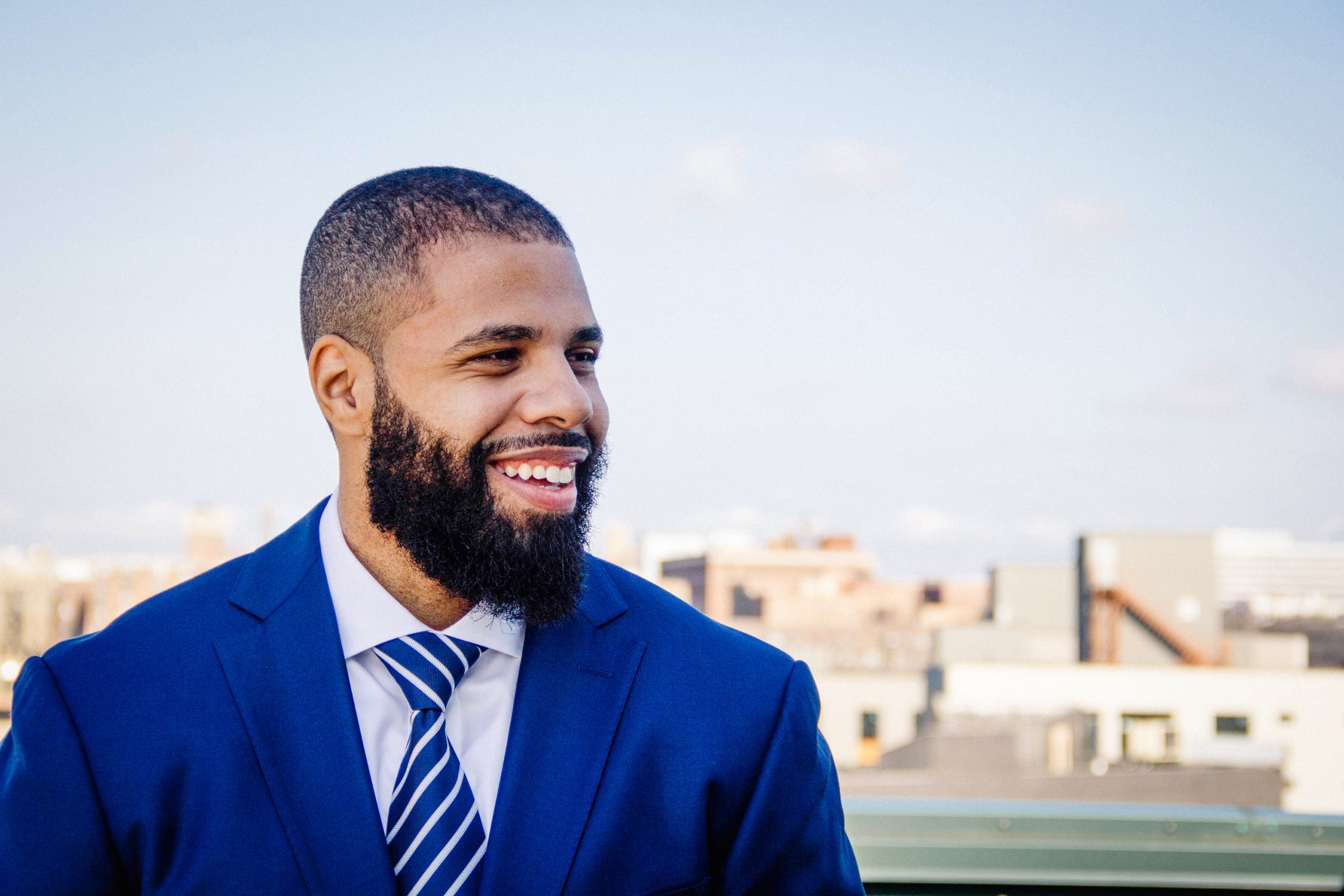
John Sanchez is running for City Council in District 15 in The Bronx.
The lifelong Bronxite and district manager for Community Board 6 has seen his board support affordable and supportive housing, as well as transitional shelters, time and again. He thinks it’s time for other, wealthier neighborhoods to step up.
“We shouldn’t be limiting what can be built in certain parts of the city just because wealthy people don’t want to live near poor people,” he said.
Part of the solution for him is doing away with the stranglehold individual Council members can have on city land use decisions. The tradition, known as “member deference,” means city legislators typically defer to the local Council member’s opinion — and vote with them.
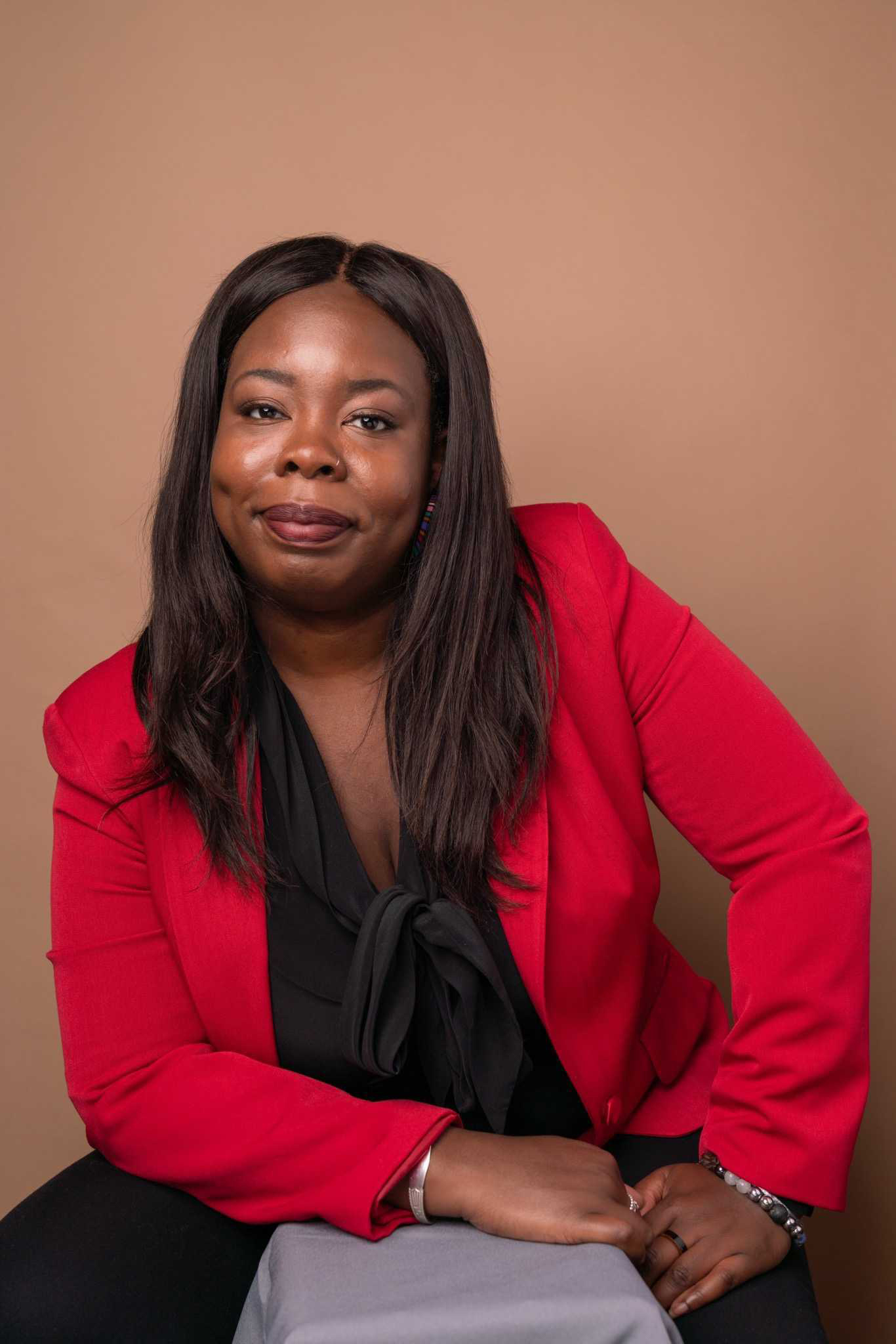
Althea Stevens is running for Council on the platform that “housing is a human right.”
Recently, some in the Council challenged that custom, breaking with Sunset Park’s local member over the controversial Industry City rezoning. Its developer withdrew that proposal this week in the face of growing opposition.
With 35 seats opening up in the Council in 2021 thanks to term limits, Sanchez wagers that “member deference can end.”
Althea Stevens, running in District 16 in The Bronx, agrees. She is running on a “housing as a human right” platform and says, if elected, would not commit to keeping up the member deference tradition.
“In certain areas in the city, places become a dumping ground for things that other communities won’t take,” she said.
Rejecting Labels
Sanchez penned an op-ed in August telling the elected officials and residents in SoHo to “pull your weight” and supporting Open New York’s plan for affordable housing there.
That group proudly wears the YIMBY label. But Sanchez doesn’t identify with the term, saying it “can be confusing.”
None of the candidates who spoke with THE CITY identified as YIMBYs — a term City Council candidate Dan Cohen, running for term-limited Councilmember Mark Levine’s open seat in Upper Manhattan, finds to be “a catch-all” and a “bumper sticker.”
“I don’t know what the third option is, right? It’s not NIMBY. It’s not YIMBY. It’s somewhere in between,” said Cohen. “Yes, I support more development, particularly affordable housing. But I don’t favor doing it without a thoughtful, planned approach.”
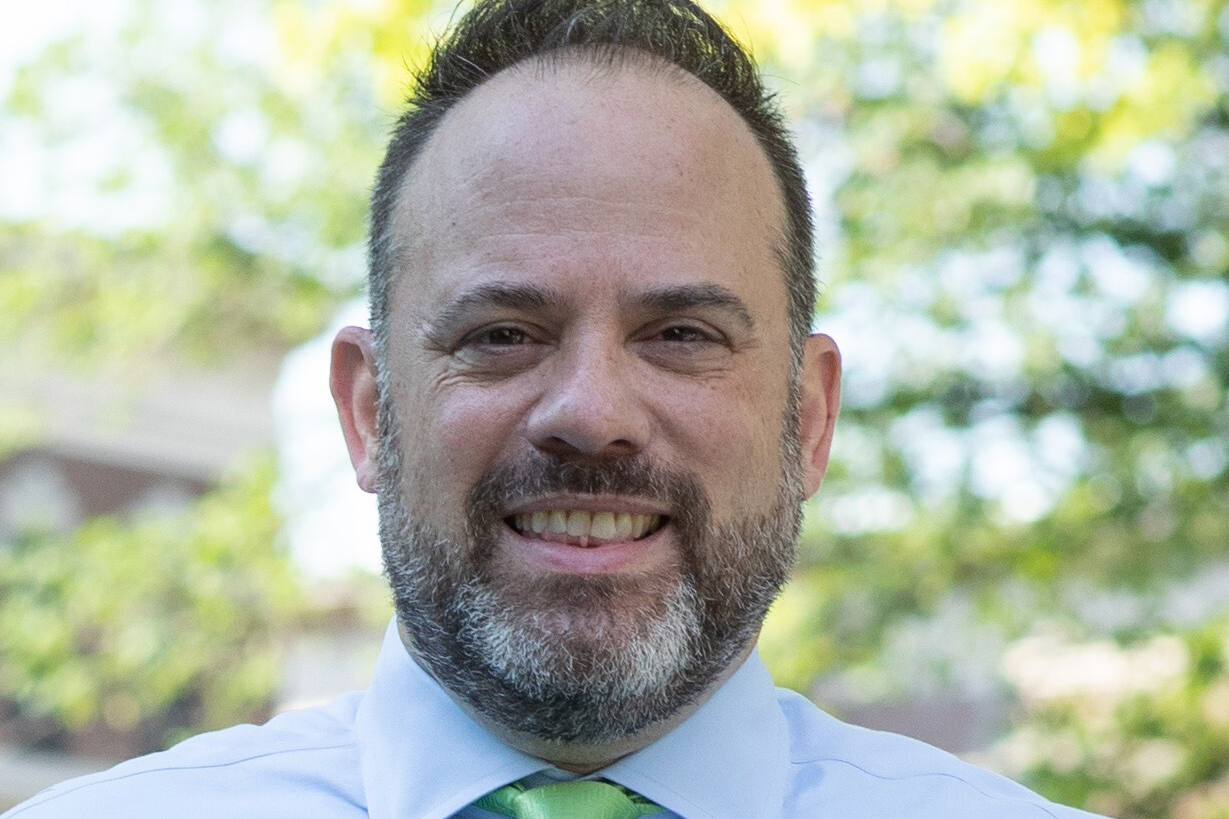
Daniel Cohen is running for City Council in District 7 in Manhattan.
Cohen, a veteran of affordable housing nonprofits, is running on a pro-housing platform with an eye toward community-based land use planning for the whole district — while remaining wary of “super towers” built with few or no units for lower-income families.
“It is possible to have increased density without necessarily having to-the-moon height,” he said.
Cohen and Lind joined a list of a dozen City Council candidates in Manhattan who recently signed a letter penned by some in Manhattan’s Democratic Party urging Brewer and Lower Manhattan Councilmember Margaret Chin “to proactively confront our city’s persistent racial and economic segregation” by supporting affordable housing as part of the SoHo rezoning.
But Lind says the need goes beyond any one neighborhood, and that pushing for more in the Upper West Side, too, is a start.
A map from the Department of Housing Preservation and Development tracking de Blasio’s housing plan shows just seven new affordable housing projects have been built on the Upper West Side during his administration.
Elsewhere on the map, dark blue dots representing new affordable housing projects blanket certain neighborhoods: East and Central Harlem, the South Bronx and Central Brooklyn.
“We’re in a housing crisis,” Lind said. “I think part of why that happens is because no neighborhood wants to build more.”
THE CITY is an independent, nonprofit news outlet dedicated to hard-hitting reporting that serves the people of New York.
